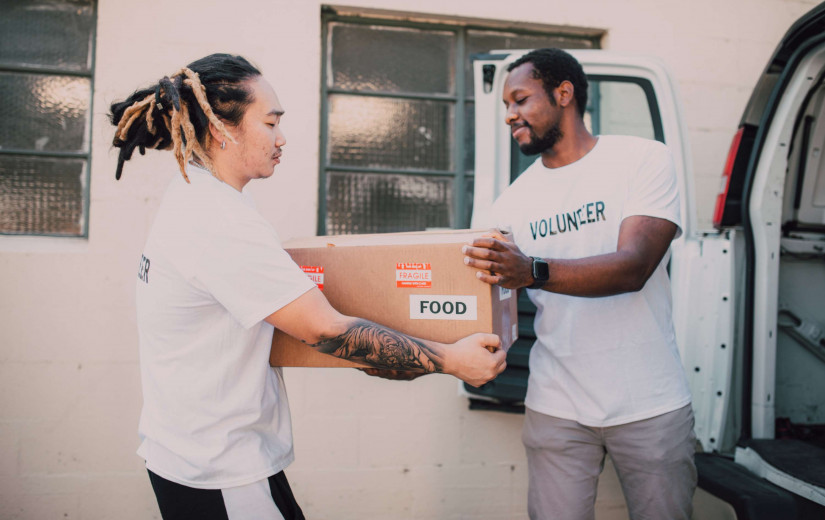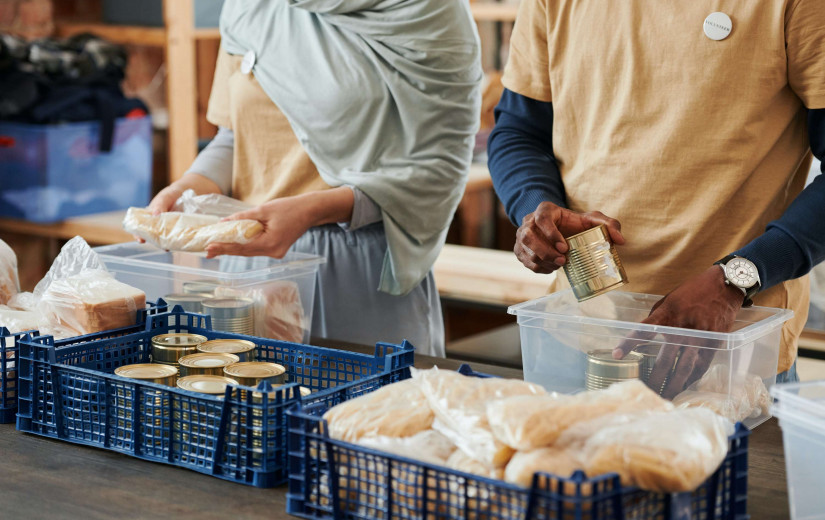The Ultimate Guide To Government Assistance
If you are currently in a state of need and have been unable to secure government assistance, know that there are other options available to help you. The U.S. government has put into place specific programs that can change your situation, as it were. For example, if you need help heating your home this winter or paying your rent while you wait for an upturn in fortune, below are some ways the government can assist you in getting back on solid ground again:
1. The American Recovery and Reinvestment Act of 2009 - ARRA
It's the most extensive stimulus program in U.S. history, set to inject $787 billion into the American economy over the next few years. It includes $275 billion for tax relief for families and businesses; $288 billion for infrastructure (roads, schools, clean water); $21 billion for renewable energy; and $40 billion to help states with their Medicaid costs, especially drug treatment programs.
2. Supplemental Nutrition Assistance Program (SNAP), formerly Food Stamps
SNAP is a federal program that helps low-income households buy food. The average benefit per person is about $4.30 per day; the maximum for a family of four ranges from $668 to $1,169 per month, depending upon their income and other factors (there are also asset requirements). SNAP is currently under review to see to make it more efficient.
3. The Federal Emergency Management Agency (FEMA)
FEMA is a United States federal government agency that assists in the wake of natural disasters. The government established it in 1979 after devastating hurricanes struck the country. It has since played a critical role in helping save lives and property during major disasters such as Hurricane Katrina and Superstorm Sandy.
FEMA coordinates the federal government's response to natural disasters and provides financial assistance to individuals, businesses, and local governments in the affected areas. FEMA also works with state and local emergency management agencies to ensure they are prepared to respond to disasters. In recent years, FEMA has come under criticism for handling significant disasters, but its employees continue to work tirelessly to assist those who need it most.
4. The Small Business Administration (SBA)
It's an independent agency of the federal government that provides financial and technical assistance to small businesses. The SBA began operating in 1953 in Washington, D.C. The agency's mission is to "aid, counsel, assist, and protect the interests of small business concerns, to preserve free competitive enterprise, and to maintain and strengthen the overall economy across the nation." The SBA provides various services to small businesses, including loans, counseling, training, and contracting assistance. The agency also advocates for small businesses in the legislative and regulatory arenas. In addition, it provides disaster assistance to small businesses affected by natural disasters such as hurricanes and floods.
5. The Child Care and Development Fund
The program provides financial assistance to families to help pay for child care. Beneficiaries can use the funds to pay for childcare expenses, including daycare, after-school programs, and summer camps. In addition, the CCDF helps pay for transportation and other family-related childcare expenses. The CCDF works under the Department of Health and Human Services through the federal government's funding.
Families eligible for the CCDF can receive up to $1,000 per year in financial assistance. However, applicants must meet specific income requirements and have a child under 13. They can apply for the CCDF through their state's social service agency.
6. The Federal Supplemental Educational Opportunity Grant
The Federal Supplemental Educational Opportunity Grant (FSEOG) is financial aid available to undergraduate students with exceptional financial needs. Unlike loans, FSEOGs do not need a repayment. The financial aid office awards FSEOGs based on the Free Application for Federal Student Aid (FAFSA) information.
Funds are limited, so students are encouraged to submit their FAFSA as early as possible. Students who receive FSEOGs may use the funds to cover the cost of tuition and fees, room and board, books and supplies, and transportation. FSEOGs can make college more affordable for eligible students, allowing them to focus on their studies and reach their academic goals.
These are some of the most critical government assistance programs available to individuals and businesses in the United States. They can provide vital financial assistance to help families and businesses get back on their feet. If you or someone you know needs assistance, be sure to explore these and other government programs that may be able to help.
Begin Your Application

















